Harlem to Hollywood
The Influence of Black Culture in Contemporary Fashion
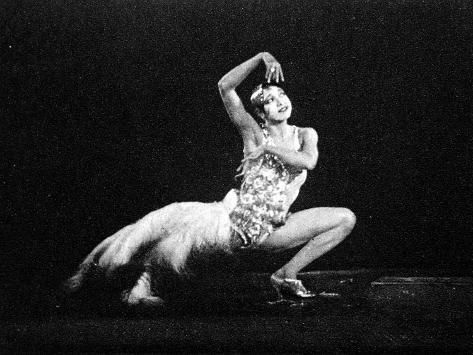
Josephine Baker in Production ‘Tondeleyo’
Black culture has influenced all aspects of modern fashion, and most people don’t even realize it. The Harlem Renaissance, a flowering of black culture in the 1920s, was the beginning of an era of creative expression, especially for women, who sought rebellion and independence from men. This period saw a rebirth of African-American culture, as particular styles such as the famous flapper look were originally worn by black women. Over the years, black culture has merged into mainstream, white fashion. Although some designers won’t admit it, many contemporary trends have been inspired by the basics of black culture according to Edited.
The Harlem Renaissance was one of the earliest artistic movements highlighting African-American culture. The movement began with the migration of black people from the south to the north to pursue better lives. Claiming Harlem as the capital of their new world, these determined individuals became known as the Black Bohemia. According to History, By 1920, 300,000 black Americans had moved north, and what originally was only a community neighborhood turned into something even greater. Considered a golden age in African-American culture, people started pursuing their passions such as art, music, and fashion.
Women especially wanted to free themselves of the previous conformity to the Victorian look, which consisted of tight corsets, long skirts, and modest coverings, which was almost entirely a white style. Therefore seeking rebellion, these women began to express their freedom through their stylistic choices. The famous 20’s flapper look which is commonly recognized today, was
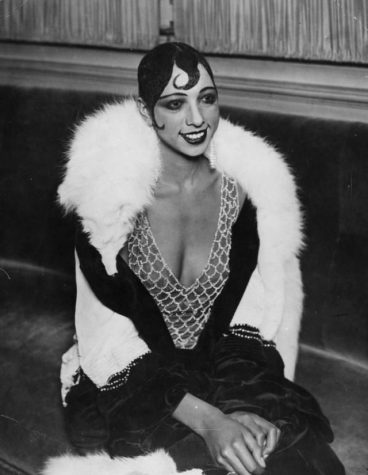
originally worn by African-American women such as the world-renown entertainer Josephine Baker. According to HuffPost, Baker, a Missouri-born actress, singer, and dancer, was considered the “epitome of flapper girl style.” Baker was such an inspiration because she was African-American and a woman.
This originally shocked the public, which questioned the audacity of the women who chose to flaunt an attitude of independence by wearing low-waisted skirts, bold geometric designs and
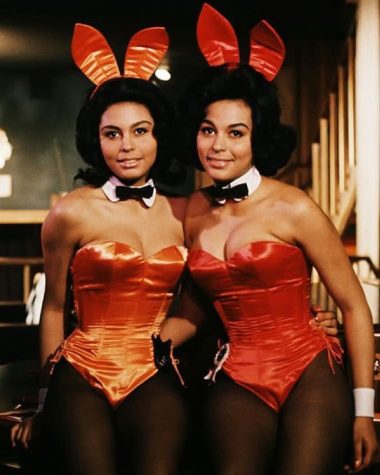
colors, and extravagant jewelry. Although looked down upon and even considered dangerous by the general public, this movement inspired many black individuals who challenged the formal barriers in political, economic, and gender inequality. Black designer Zelda Valdes, for instance, used her fame from her incredible designs such as the original Playboy Bunny Costume to help other black women and designers grow. Proving her independence, Valdes strayed from the racial and gender norm of white male designers at the time, and became incredibly well known amongst celebrities for her work. Her power inspired many others and spread, therefore influencing fashion trends over the past century.
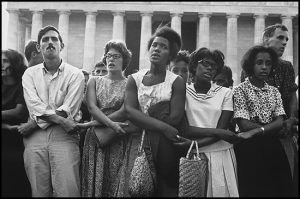
The Civil Rights movement in the 60’s created another spotlight of creative expression for black individuals. While demanding equal rights and speaking out against segregation, the Black is Beautiful movement arose. This was not only about breaking down gender and racial norms as it had been in the past, but also about embracing black culture and, therefore the fashion that reflected that culture. Some individuals wanted to embrace their natural Afro hair and wear loose colorful African textile clothing, and some dressed formally to present themselves as classy citizens. According to Vogue, style-conscious activism became a new form of protesting for African-American individuals. Demonstrating a traditional vision of classiness and wanting to prove that they were not the radicals that the public perceived them as, a large portion of the community of black men and women wore tweed suits, dress hats, and garments that they wore to church.
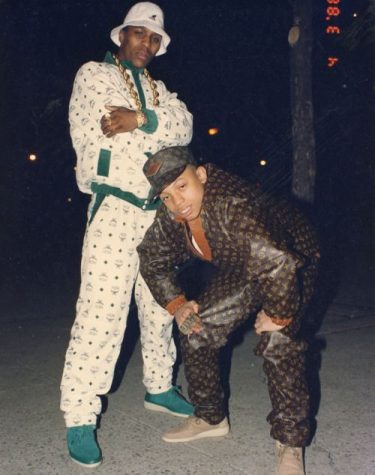
After the passage of the Voting and Civil Rights Acts of 1964, African-American people no longer felt a need to dress for others and began to dress for themselves. In the period from the 1980s to the early 2000s Harlem streetwear arose. This is one of the most well-known styles and is still worn by many people of all races and ethnicities today. Also known as luxury streetwear, the era of Hip Hop in the 90’s was the biggest influence in this style. Luxury fashion designer Daniel Day, more popularly known as Dapper Dan, born in Harlem in 1944, is considered by Hypebeast and Business Off Fashion, the pivotal influencer of luxury streetwear. Known as the “king of knockoffs,” Day incorporated 90’s rap culture into his designs. Many prominent celebrities, athletes, and hip hop stars began wearing his creations and instantly popularized this style.
Although most don’t even think about it, fashion as a whole is an art form. Getting dressed is a form of expression, and given that every individual gets dressed everyday, we are all influenced by fashion. Fashion is heavily influenced by black aesthetics and culture, therefore, we are all influenced by black fashion. Systemic racism has prevented black people from getting proper recognition for the contribution they have to the fashion industry, as well as many other facets of life. This needs to change because so many people have the freedom of expressing themselves and not giving proper credit to black culture is wrong. According to Rana Rastegari of Surj Magazine, “It seems that even though we are constantly surrounded by invigorating and inspirational black creatives and talent, we refuse to acknowledge them, especially in highly competitive industries like fashion. Black lives matter is more than just a hashtag — it seeps into every aspect of our lives, so I strongly urge you to learn and to educate those around you.”

A senior at the Albuquerque Academy, Stella Hudson has been writing for The Advocate since the beginning of her sophomore year. Her work centers mostly...


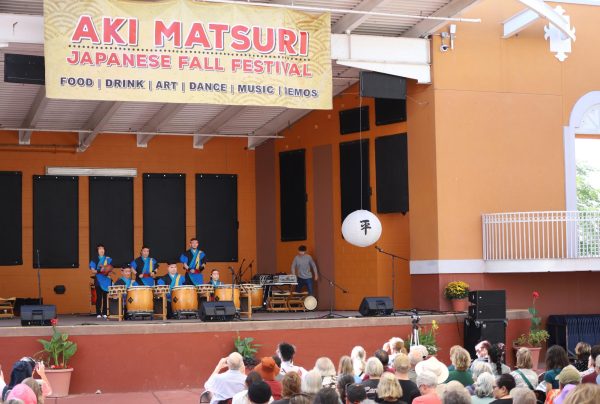
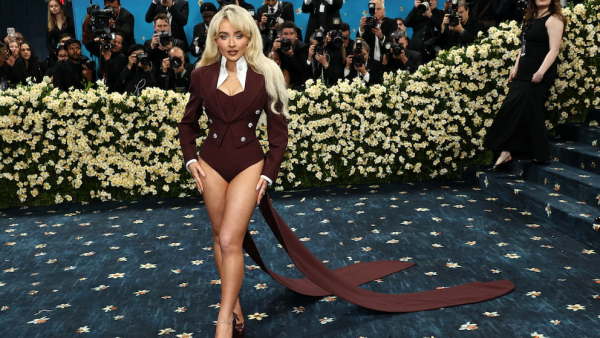
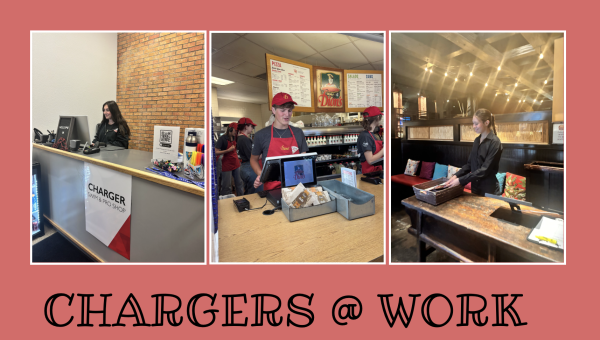


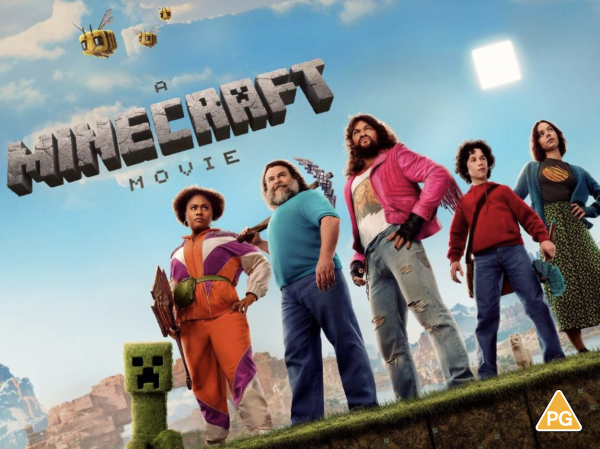
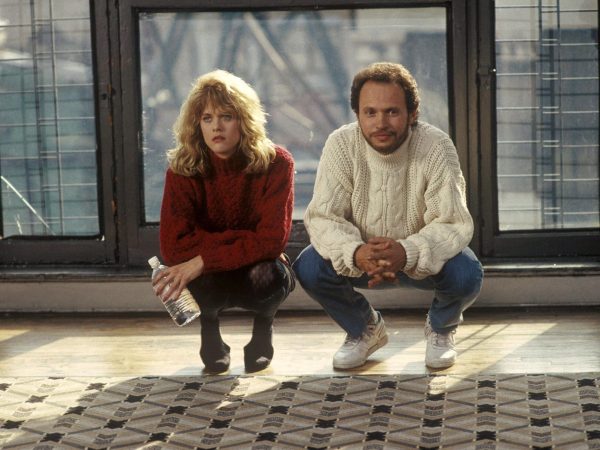



Stephanie Lipkowitz • Sep 22, 2020 at 8:17 pm
Really interesting, Stella. I learned a lot reading this , and these are the kinds of articles th as t need to be written to draw attention to this kind of missing acknowledgment and history. Love the photos. Keep up the good work!
Ilana Vogenthaler • Sep 22, 2020 at 6:27 pm
This is an amazing article; linking the past to present. Your research and passion for the subject matter are obvious and comes through in each word.
Gloria • Sep 22, 2020 at 3:40 pm
Great article – I wish I could write as well as you do – also it was very interesting and informative – I have learned something new – thanks and keep writing